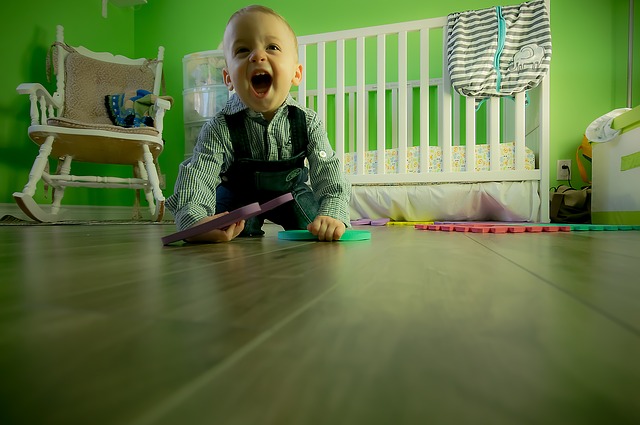
5 Common Preschool Activities for Kids
5 Common Preschool Activities for Kids
In this article, you will learn about 5 common preschool activities for kids. Your child’s first years of school are filled with many wondrous moments. It’s a time of tremendous social, emotional, physical, and intellectual development, and it can come and go before you know it. Preschool is all about learning through open-ended play and structured play activities that allow children to develop at their own pace. Whether your child is finger painting, building a block castle, or singing with other kids, preschool helps your child increase her experiences, abilities, and knowledge.
Preschool programs offer both indoor and outdoor learning experiences, as well as opportunities for solo and group play. For many kids, preschool provides some of their first outside socialization. Your child’s brain is going to be churning as they soak up all of their new friendships and experiences. So what exactly is the preschool curriculum focused on, and does preschool include a ‘curriculum’ at all? Or do kids just sing and play in circle time?
Quality preschool does include a particular curriculum, as it is important to focus on all parts of your child’s development equally, from physical to mental to social. Preschool activities are specially selected to foster multiple areas of growth. Read on to learn exactly what your child will learn while enrolled in preschool, and how their preschool experience can impact the rest of their educational career.
Knowing all this you’re probably very curious about what your child does in preschools right?
Here are 5 Activities your Child will be Doing in a Preschool –
1. Circle Time
Circle Time is a more structured setting where children are asked to practice self-regulation, increase attention span, and develop listening skills. The children greet one another, record the weather, mark the calendar, sing songs, listen to stories, practice finger plays, and talk about what they would like to learn that day. We encourage children to take turns talking and listening to each other.
Certain ground rules apply, and children are often involved in deciding what those rules should be.
Common Rules Include :
• Putting hands up to speak, and not interrupting.
• Taking turns.
• Allowing children to ‘pass’ if they don’t want to speak.
• Valuing all contributions and not putting anyone down.
During Circle Time, children should sit in a circle, either on the floor or on chairs. Their teacher is part of the circle, too, and while they will direct the activities, they should aim to keep a low profile so children have a chance to speak up. Often, an object like a large shell, a ball, a rubber egg or a teddy will be passed around the circle. When a child is holding the object, it’s their turn to speak.
2. Outside Play & Creative Movement
We use the playground outside the preschool whenever possible. Children develop their large motor and social skills during outside play. A climbing structure, swings, sliding board, tricycles, balls, scooters, and a child-sized playhouse are included in the playground equipment. The M/W/F class walks to the college’s Old ’77 gym on Wednesdays for creative movement sessions during the winter months.
3. Morning Work Boxes
Morning workboxes are plastic containers that hold activities for children to complete as they arrive in the morning. Rubbermaid storage containers or plastic shoe boxes make great choices to hold morning activities. (We actually use Ikea storage boxes). When choosing morning workboxes, keep in mind the size of the box. While plastic shoe boxes are a convenient size, they are rather small and won’t be able to hold larger activities. Morning workboxes can hold a large variety of activities. You’ll want to consider the size of the box you are using and how many students will be using the box at a time when planning the contents of your morning workboxes. It’s also wise to keep the contents fresh–they should include activities that are novel or not regularly available to children during the day.
4. Music Activities (Eg Freeze Dance)
It’s as simple as it sounds. Blast some of your preschooler’s favorite tunes (or heck, even some of your own) and dance to your heart’s content. Then, when she least expects it, yell “freeze!” and stop the music. See what funny position you both wind up in. How long can you hold them?
5. Education Related Activities (Patterns with Bears)
Counting Bears are great math manipulative to use with preschoolers. You can sort, count, or use them with patterns. I created some pattern cards to help with this. The first page is an AB pattern, meaning two colors alternate in the pattern. The second page is an ABC pattern, meaning three are three colors in the pattern. For this activity, your preschooler will set the colored bear on top of the matching color to create a pattern. On the ABC pattern cards, the last circle is left empty. That is for your child to tell you what color it should be.
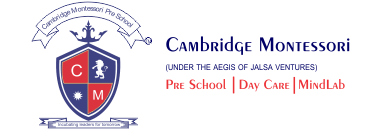
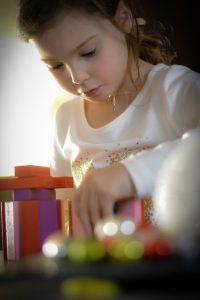
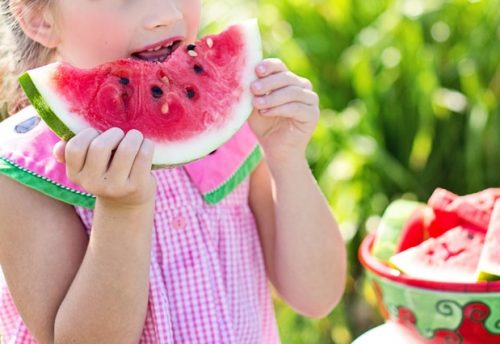
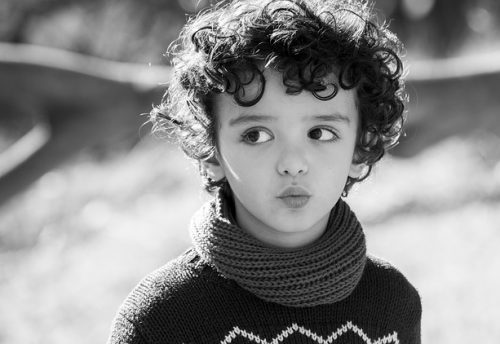
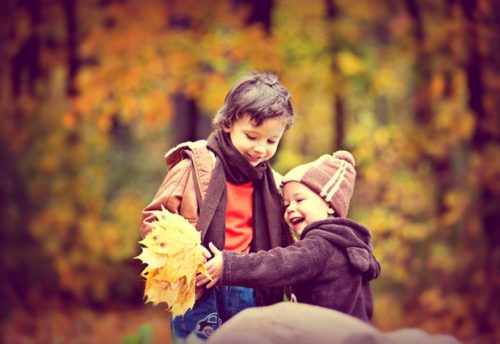
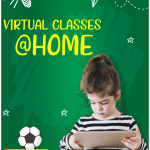
Leave a Reply